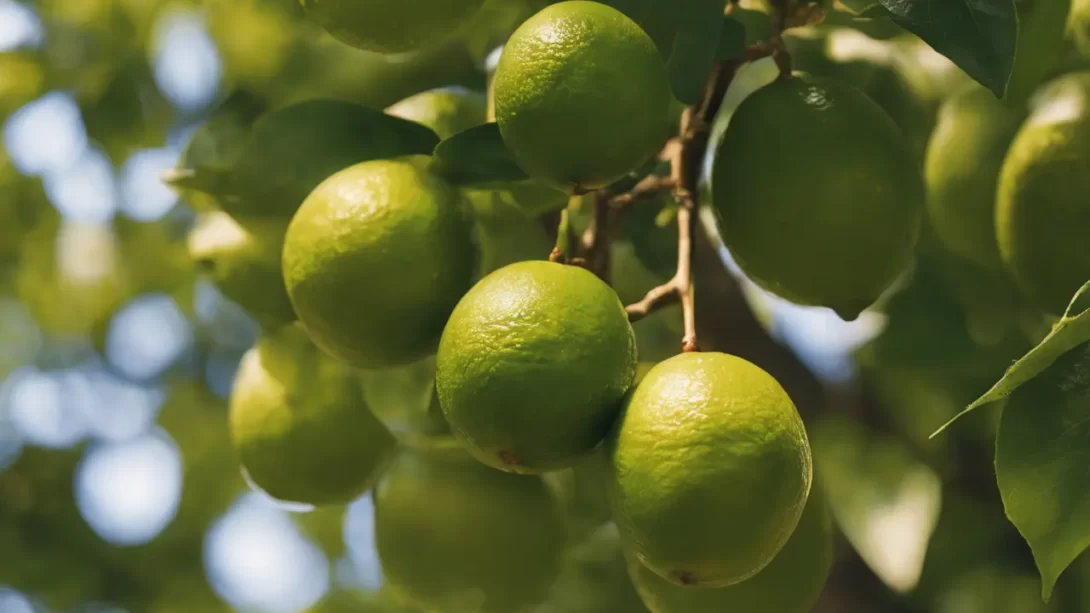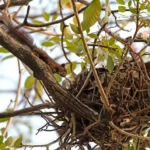Lime trees, cherished for their zesty fruits and aromatic foliage, are stalwarts in home gardens, adding a refreshing touch to the landscape. As gardeners cultivate these citrus wonders, a common question emerges: Do lime trees come adorned with thorns? In this exploration, we navigate the verdant world of lime trees, unraveling the mysteries of their physical traits and addressing the curious inquiry about thorns.
Characteristics of Lime Trees
Lime trees belong to the citrus genus, renowned for their glossy leaves, fragrant blossoms, and, of course, the vibrant fruits they bear. The genus encompasses a spectrum of citrus varieties, each with its unique set of characteristics. Lime trees are generally recognized for:
- Leaves: Lime tree leaves are typically glossy, elliptical, and emit a citrusy fragrance when crushed.
- Flowers: Lime trees produce small, white flowers with a delicate fragrance, often attracting pollinators to their branches.
- Fruit: Limes, the hallmark of these trees, come in various varieties, from the smaller, seed-packed Key limes to the larger, seedless Persian limes.
The distinctive features of lime trees contribute to their popularity, both as ornamental additions and prolific fruit bearers in gardens around the world. Now, the focus shifts to the intriguing aspect of whether thorns are part of the lime tree’s botanical repertoire.
Thorned Citrus Varieties
Within the expansive citrus genus, thorns are not uncommon, especially in certain varieties. Some citrus trees, including those closely related to limes, exhibit thorns as a natural adaptation. While thorns can serve as a deterrent to herbivores, they also add a layer of complexity to the citrus family. Notable examples of citrus trees with thorns include the trifoliate orange (Poncirus trifoliata) and some wild or ornamental citrus varieties. These thorny relatives raise the question of whether lime trees, nestled within the same botanical family, share a similar trait.
- Appearance: Hardy Orange is a small tree or large shrub that typically grows 10 to 20 feet tall. It has a branching growth habit, forming dense bushes.
- Cold Tolerance: Hardy Orange is known for its tolerance to cold conditions. It is able to survive in cold climates and even thrive in cold winter conditions. This makes it of special value in gardening in colder regions.
- Landscape Uses: Hardy Orange is commonly used in landscape designs as border plants, landscape trees or lawn decorations. Its thick growth and thorns make it a unique sight.
- Natural Attraction: Hardy Orange flowers attract pollinators such as butterflies and bees, helping to spread pollen and increasing ecosystem diversity.
- Adaptability: Hardy Orange adapts to a variety of soil types, but may have problems in poorly drained soils. Regular pruning and maintenance can help control the growth and shape of your plant.
Common Lime Varieties
Lime trees, beloved for their culinary contributions and ornamental appeal, encompass various varieties that enthusiasts cultivate. Two prominent lime varieties often featured in gardens are the Key lime (Citrus aurantiifolia) and the Persian lime (Citrus latifolia). While the Key lime is renowned for its smaller size and distinctive flavor, the Persian lime is favored for its larger, seedless fruit. Now, the inquiry turns towards these common lime varieties: Do they bear thorns, or do they maintain the smooth branches characteristic of some citrus trees? Unraveling the mystery requires a closer examination of each variety and the potential presence or absence of thorns in their genetic makeup.
- HARDINESS ZONE.10-11
- GROW.Carefully remove the outer shell of the seed, being careful not to damage the delicate seed inside.Gently rinse the seeds and place them between two damp paper towels.Place the seeds and paper towels inside a ziplock bag and keep in a warm place until the seeds begin to sprout (a few days to a few weeks).
- WHEN TO PLANT. Spring and early autumn
- USE. It is aromatic, juicy, very acid and flavorful. Valued for its unique flavor, it lends itself to many culinary uses.
- NOTE.Key Lime is more sensitive to cold than the lemon. It thrives in a warm, moist climate, but nevertheless tolerates drought better than any other citrus fruit.
Factors Influencing Thorn Presence
The presence or absence of thorns on lime trees can be influenced by various factors, both environmental and genetic. Understanding these factors contributes to unraveling the intricacies of thorn development:
- Genetic Variation: Different lime varieties may have distinct genetic traits, leading to variations in thorn presence.
- Environmental Conditions: The environment in which lime trees grow, including factors like soil quality, sunlight, and water availability, can influence their physical characteristics.
- Cultivation Practices: The methods employed in cultivating lime trees, such as pruning techniques and fertilization, may impact thorn development.
- Regional Differences: Lime trees in different regions or climates may exhibit variations in thorn presence, reflecting adaptations to local conditions.
Conclusion
As we conclude our exploration into the question of whether lime trees bear thorns, we recognize the dynamic nature of these citrus wonders. The presence or absence of thorns on lime trees proves to be a nuanced outcome shaped by genetic, environmental, and cultivation factors. Whether your lime tree branches are adorned with thorns or remain elegantly smooth, the diversity within the citrus genus adds to the allure of these beloved trees. As gardeners continue to cultivate and appreciate lime trees, the journey of discovery unfolds, creating a tapestry of citrus enchantment in gardens around the globe.





